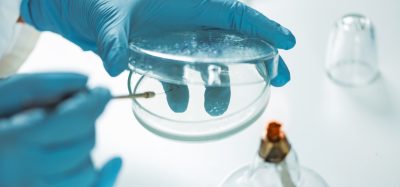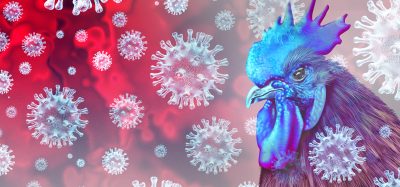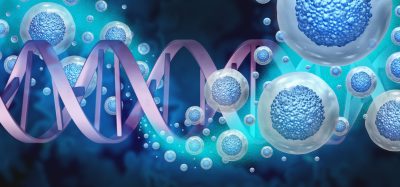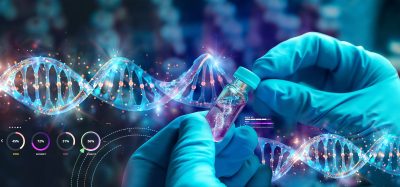Scientists grow 3D brain that mimics the real thing
Posted: 24 June 2025 | Drug Target Review | No comments yet
Researchers at POSTECH have developed a new 3D brain model that closely mimics the structure and function of human brain tissue – marking a major advance in early disease detection.
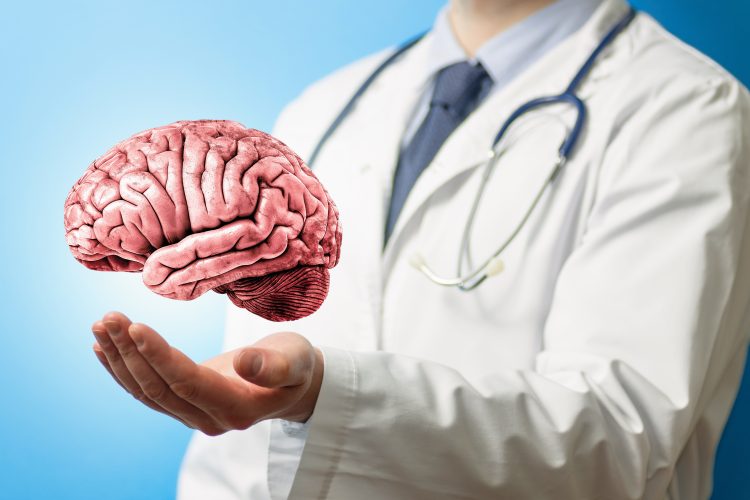

A team of scientists at POSTECH have successfully developed a three-dimensional brain model that closely replicates the human brain’s structure and function. Their groundbreaking study was published in the International Journal of Extreme Manufacturing.
This development represents a significant advancement in the field of neuroscience, where existing in vitro models often fail to capture the brain’s structural and functional complexity. This is an obstacle that has long hindered progress in understanding and treating neurodegenerative diseases such as Alzheimer’s and Parkinson’s.
Addressing the complexity of the human brain
Neurodegenerative disorders are famously difficult to treat once symptoms appear, making early detection and accurate modelling crucial. The brain’s dense network of interlinked cells and signalling systems makes it especially challenging to study.
Neurodegenerative disorders are famously difficult to treat once symptoms appear
Adding to this urgency, recent research has raised concerns that even moderate alcohol consumption may contribute to neural damage. However, current 2D cell cultures and stem cell-derived organoids offer only limited insight into such effects, lacking the structural realism needed for in-depth analysis.
Introducing BENN: a bioengineered neural network
To address these limitations, the POSTECH team developed the Bioengineered Neural Network (BENN), a novel 3D artificial brain model. Using a layer-by-layer construction method akin to 3D printing, BENN replicates both the grey matter – home to neuronal cell bodies and the white matter – composed of aligned axons responsible for signal transmission.
The team applied electrical stimulation to guide axonal growth, promoting the development of a fully functional neural network with biologically accurate signal pathways. The BENN model demonstrated calcium ion flux patterns and electrophysiological behaviours that mirrored those of living brain tissue.
Alcohol’s hidden impact on the brain
In a landmark application of their model, the researchers examined how moderate alcohol exposure affects brain function. They exposed BENN to 0.03 percent ethanol daily for three weeks – a level representing social drinking.
This is the first study to directly visualise and quantify region-specific neurotoxic effects of alcohol in real time using a bioengineered brain model.
In the grey matter, the team observed a rise in Alzheimer’s-associated proteins such as amyloid-beta and tau. Meanwhile, the white matter showed significant structural damage, including swelling and distortion of neural fibres. Neural signal propagation was also weakened.
This is the first study to directly visualise and quantify region-specific neurotoxic effects of alcohol in real time using a bioengineered brain model.
A platform for early detection and therapeutics
“This model enables high-resolution analysis of neural connectivity and electrophysiological responses that were previously difficult to observe,” said Professor Dong-Woo Cho of the Department of Mechanical Engineering at POSTECH. “It holds significant potential for early disease detection and accurate prediction of therapeutic outcomes at the preclinical stage.”
Professor Jinah Jang, also of the Department of Mechanical Engineering at POSTECH, added, “This research marks an important step forward in our ability to investigate the early pathological events of brain diseases in a laboratory setting.”
The development of BENN not only opens new avenues for studying the onset of neurodegenerative diseases but also provides a powerful new tool for testing the safety and efficacy of therapeutics – potentially transforming preclinical brain research.
Related topics
3D printing, Assays, Bioengineering, Bioprinting, Central Nervous System (CNS), Disease Research, Drug Discovery, In Vitro, Molecular Biology, Neurons, Neuroprotection, Research & Development, Therapeutics, Toxicology, Translational Science
Related conditions
Alzheimer's, Neurodegenerative diseases, Parkinson's
Related organisations
POSTECH




